#entireleaf yellow false foxglove
Photo
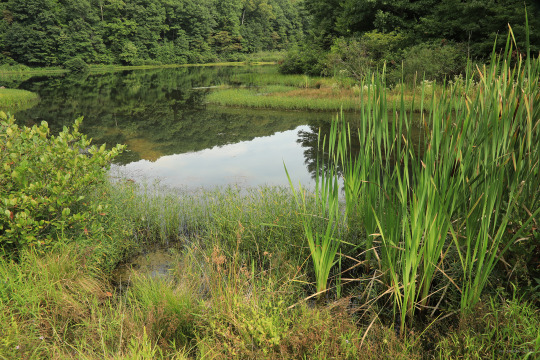
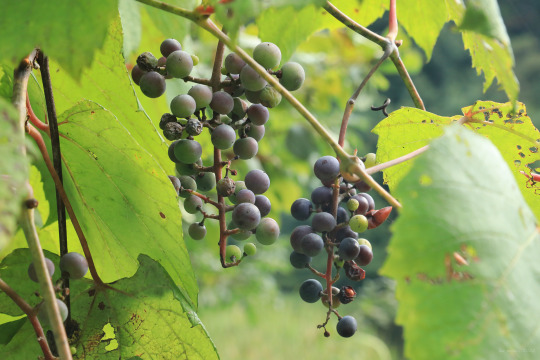
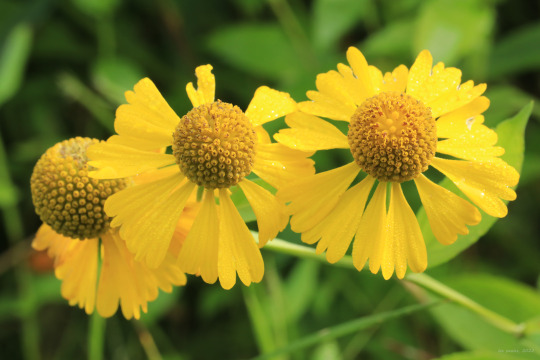

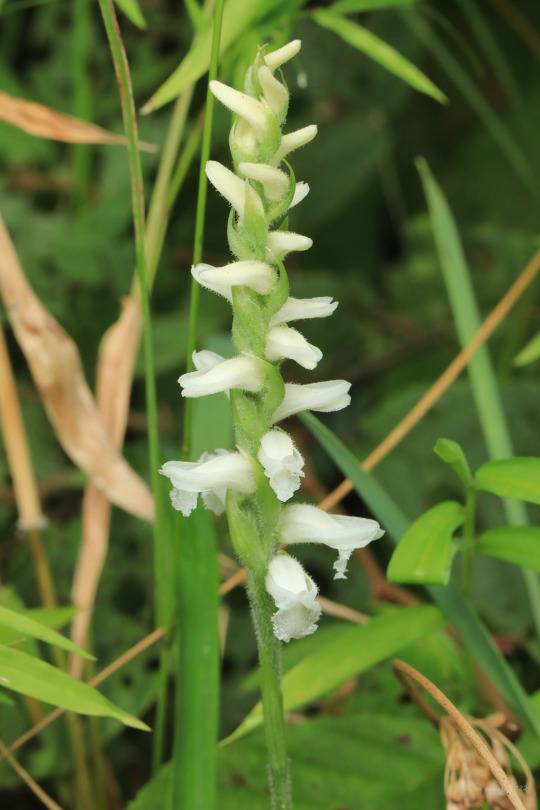

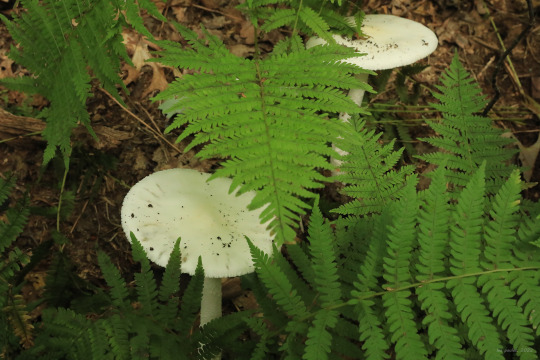
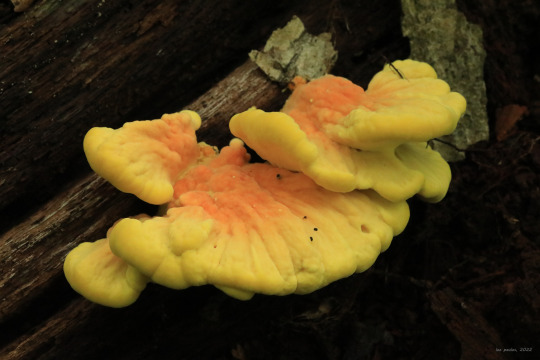
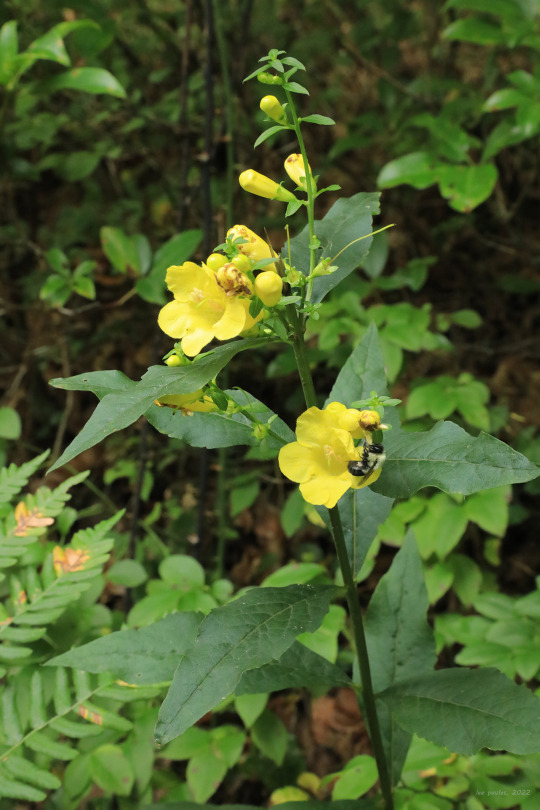
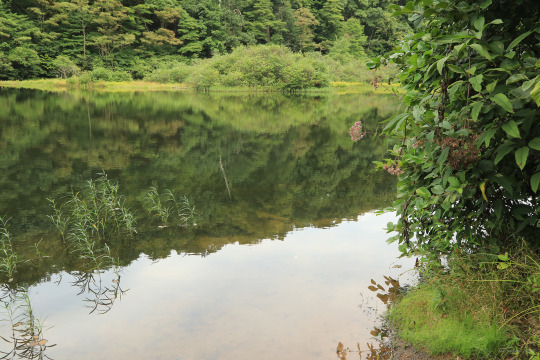
More late summer treasure from a short hike around Messinger Lake (a.k.a., trout pond) at Coopers Rock State Forest.
From top: the nearly ripe berries of frost grape (Vitis vulpina)*, whose fruit reaches full maturity just before the first frost of October; sneezeweed (Helenium autumnale), whose dried leaves were once used as an ingredient in snuff; Indian pipe (Monotropa uniflora), also known as ghost plant and corpse plant, a parasitic plant that derives nutrients from trees via a mycorrhizal relationship with fungi; Appalachian ladies’ tresses (Spiranthes arcisepala), a late summer orchid found growing at the moist edges of wetlands; white wood aster (Eurybia divaricata), a late-summer perennial of Appalachia’s rich woods and clearings; a pair of eastern destroying angels (Amanita bisporigera) hiding in the ferns, an idyllic spot for these deadly beauties; a young sulphur shelf fungus (Laetiporus sulphureus), also known as chicken-of-the-woods, at prime edibility; and Appalachian oak-leech (Aureolaria laevigata), also known as entireleaf yellow false foxglove and smooth false foxglove, a partially-parasitic plant that attaches to and derives nutrients from oak tree roots while also creating energy from photosynthesis.
* Corrected the scientific name from an earlier post.
#appalachia#vandalia#west virginia#late summer#flora#wildflowers#fungi#vitis vulpina#frost grape#helenium autumnale#sneezeweed#monotropa uniflora#indian pipe#ghost plant#corpse plant#spiranthes arcisepala#appalachian ladies' tresses#eurybia divaricata#white wood aster#amanita bisporigera#eastern destroying angel#destroying angel#laetiporus sulphureus#sulphur shelf#chicken-of-the-woods#aureolaria laevigata#appalachian oak-leech#entireleaf yellow false foxglove#smooth false foxglove#coopers rock state forest
72 notes
·
View notes
Photo

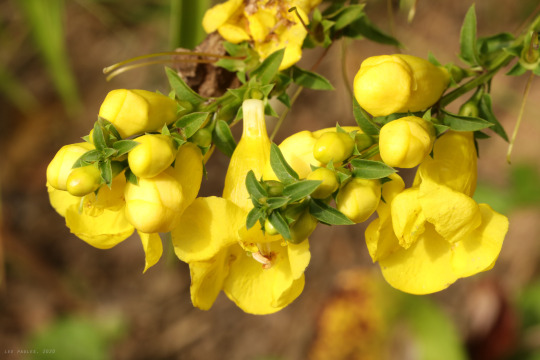
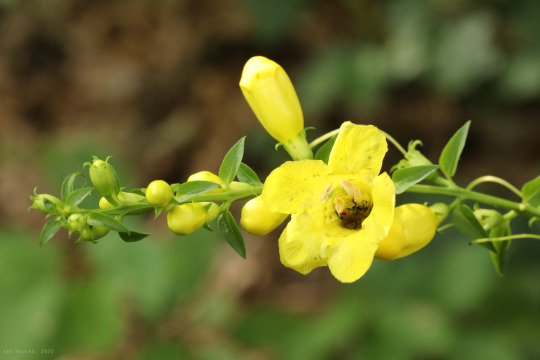


Smooth false foxglove (Aureolaria levigata), also known as entireleaf yellow false foxglove, is a semi-parasitic, late summer perennial that derives most of its nutritional requirements from the oak tree roots to which it attaches, resulting in its other common name: Appalachian oak-leech. This clump-forming member of the figwort family also derives part of its nutritional needs from photosynthesis, like other green plants. Although Aureolaria’s tubular yellow flowers are somewhat reminiscent of those of foxglove (Digitalis), the two plants are not closely related. The flowers attract a variety of bees, beetles, and butterflies. The photos above were taken at Coopers Rock State Forest.
#appalachia#vandalia#west virginia#flora#summer#wildflowers#hemiparasitic#scrophulariaceae#aureolaria#smooth false foxglove#entireleaf yellow false foxglove#appalachian oak-leech#coopers rock state forest
14 notes
·
View notes